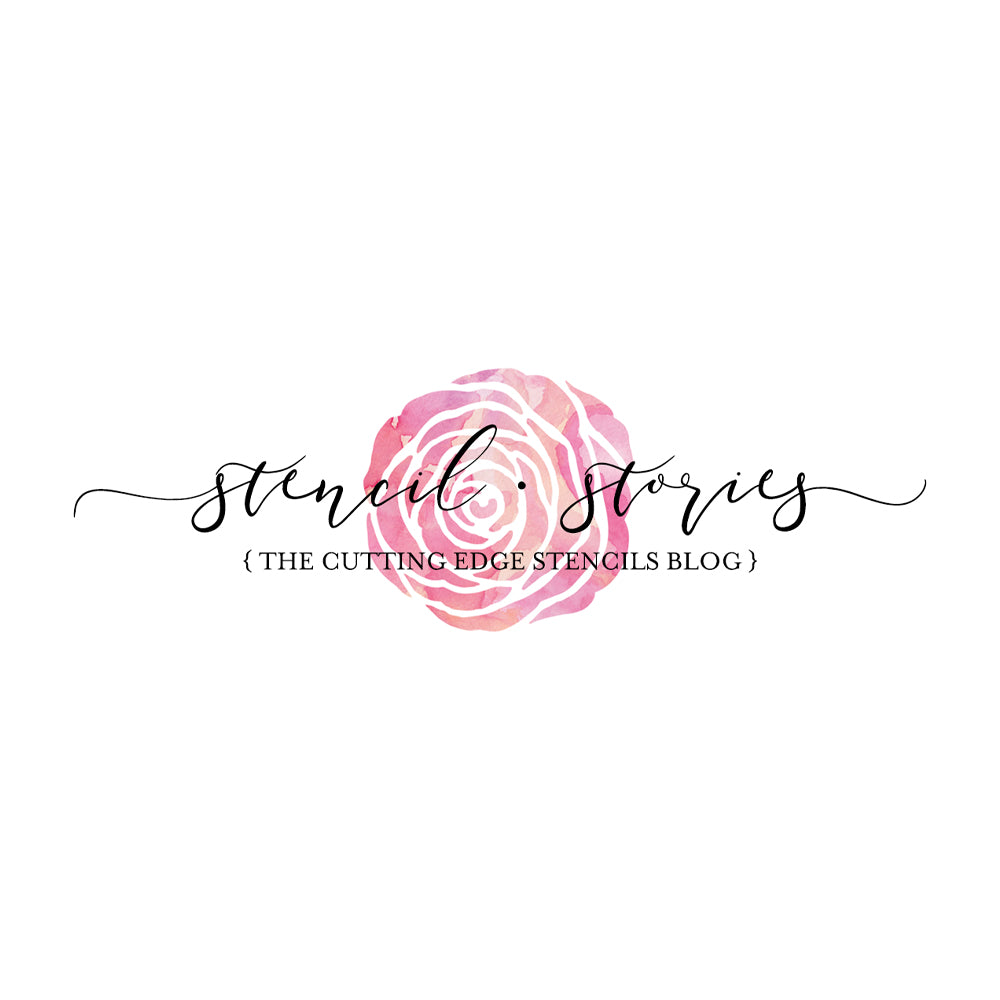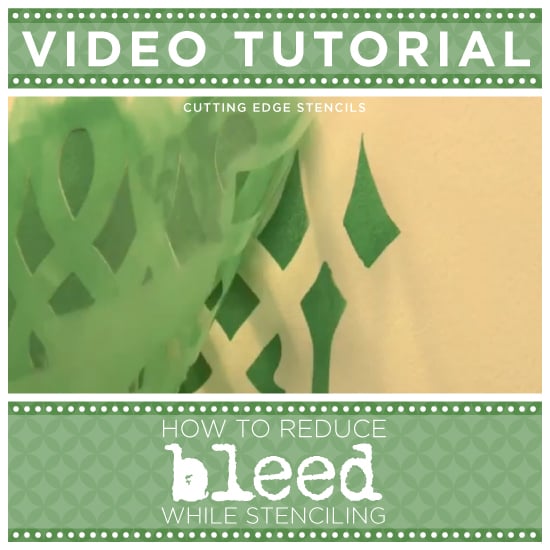Accessibility Statement
Our Commitment to Accessibility
We are committed to ensuring digital accessibility for people with disabilities. We are continually improving the user experience for everyone, and applying the relevant accessibility standards to help users with various disabilities access our website effectively.
Compliance Status
Our website strives to conform to the Web Content Accessibility Guidelines (WCAG) 2.1 Level AA standards. We also aim to be compliant with the Americans with Disabilities Act (ADA) and the European Accessibility Act requirements. These guidelines and regulations explain how to make web content more accessible to people with a wide range of disabilities. We acknowledge that some aspects of our website may not yet achieve full compliance, and we are actively working to address these areas.
Accessibility Features Available
Our website implements the Accessibly App, which provides a variety of tools to enhance website accessibility:
Visual Adjustments
- Bigger Text: Increase text size up to 3x for better readability (WCAG 2.1/1.4.4)
- Bigger Cursor: Enhanced cursor visibility for easier navigation
- Color Adjustments: Invert colors, adjust contrast, brightness, and saturation
- Grayscale Mode: Convert website to grayscale for users with visual impairments
- Hide Images: Reduce visual distractions for easier reading
Reading and Navigation Aids
- Reading Line: Adds a guide line to help follow text
- Reading Mask: Places a mask over text to isolate lines and enhance focus
- Readable Fonts: Converts to highly legible fonts for better comprehension
- Highlight Links: Makes links more prominent for easier navigation
- Dyslexic Fonts: Special typography for users with dyslexia
- Page Structure: Simplified layout options for easier navigation
Assistive Technologies
- Keyboard Navigation: Full website control using keyboard (Tab, Shift+Tab, Enter)
- Alt Text for Images: AI-generated image descriptions where manual ones aren't provided
- Read Page Aloud: Text-to-speech functionality
- Stop Animations: Pause motion content for users with vestibular disorders
Limitations and Feedback
Despite our best efforts to ensure accessibility, there may be some limitations. Content provided by third parties, user-generated content, or certain legacy pages may not be fully accessible. We are continuously working to improve our website's accessibility.
We welcome your feedback on the accessibility of our website. If you encounter any barriers or have suggestions for improvement, please contact us. We are committed to addressing these issues promptly.
Technical Information
The accessibility features on this website are provided through the Accessibly App, which utilizes several technologies including HTML, CSS, JavaScript, and various frameworks to enhance accessibility. Our implementation strives to be compatible with major screen readers and assistive technologies.
Legal Disclaimer
While we strive to adhere to WCAG 2.1 Level AA standards and provide accessible content, we cannot guarantee that our website will be accessible to all users under all circumstances. This website is provided 'as is' without any representations or warranties, express or implied.
In no event shall we be liable for any damages arising from or related to:
- Inability to access or use the website
- Any alleged non-compliance with accessibility laws or regulations
- Any disruption or errors in the functionality of accessibility features
By using this website, you agree to hold us harmless from any claims related to website accessibility issues. We are committed to addressing accessibility barriers in good faith but cannot guarantee immediate resolution in all cases.
Contact Us
If you have any questions about our accessibility efforts or encounter any barriers while using our website, please contact us.
 Make sure to place a mesh into a drain hole, you don't want all that paint residue going down your drain. Depending on the paint used, it can come off very easily or may need a slight pre-soaking to loosen it. Usually, acrylic paints come off very easy, and some latex paints may stick a bit more depending on the paint brand.
If water just isn’t cutting it, try spraying the stencil with Krud Kutter or Simple Green and scrub! This is an eco-friendly cleaner that is sure to cut through dried paint. Janna, Cutting Edge Stencils founder and decorative artist, also suggests using Dawn’s “Power Dissolver” in the same way.
For the tougher to clean stencils, we advise a presoaking period! You can spray the stencil with any cleaner you see fit (see above), and lay it flat in a plastic trash bag overnight. Afterward, clean as previously recommended.
Once the stencil is clean, lay flat on paper towel. To speed up the drying process, gently roll paper towels on top.
Make sure to place a mesh into a drain hole, you don't want all that paint residue going down your drain. Depending on the paint used, it can come off very easily or may need a slight pre-soaking to loosen it. Usually, acrylic paints come off very easy, and some latex paints may stick a bit more depending on the paint brand.
If water just isn’t cutting it, try spraying the stencil with Krud Kutter or Simple Green and scrub! This is an eco-friendly cleaner that is sure to cut through dried paint. Janna, Cutting Edge Stencils founder and decorative artist, also suggests using Dawn’s “Power Dissolver” in the same way.
For the tougher to clean stencils, we advise a presoaking period! You can spray the stencil with any cleaner you see fit (see above), and lay it flat in a plastic trash bag overnight. Afterward, clean as previously recommended.
Once the stencil is clean, lay flat on paper towel. To speed up the drying process, gently roll paper towels on top.
 It's important to remember that it's very difficult to completely remove spray adhesive from a stencil, but we find that it is not necessary to get it off completely, the stencil still will be very usable for your next project even if it's a little bit sticky. Just make sure to store it on a piece of a wax paper or freezer paper, as a backing.
Once the stencil is clean, make sure you clean off the stencil brush. To easily clean the stencil brush, use a dab of brush cleaner then scrub on a brush cleaner tool. This will ensure that all of the paint is off your brush and that you can use your brush again.
It's important to remember that it's very difficult to completely remove spray adhesive from a stencil, but we find that it is not necessary to get it off completely, the stencil still will be very usable for your next project even if it's a little bit sticky. Just make sure to store it on a piece of a wax paper or freezer paper, as a backing.
Once the stencil is clean, make sure you clean off the stencil brush. To easily clean the stencil brush, use a dab of brush cleaner then scrub on a brush cleaner tool. This will ensure that all of the paint is off your brush and that you can use your brush again.
 Unless you have another project in mind, safely store your stencil for it's next use. Either lay it flat under your bed interlaced with paper or hang the stencil using a clothes hanger. Whichever you choose, DO NOT roll up your stencil.
Unless you have another project in mind, safely store your stencil for it's next use. Either lay it flat under your bed interlaced with paper or hang the stencil using a clothes hanger. Whichever you choose, DO NOT roll up your stencil.









